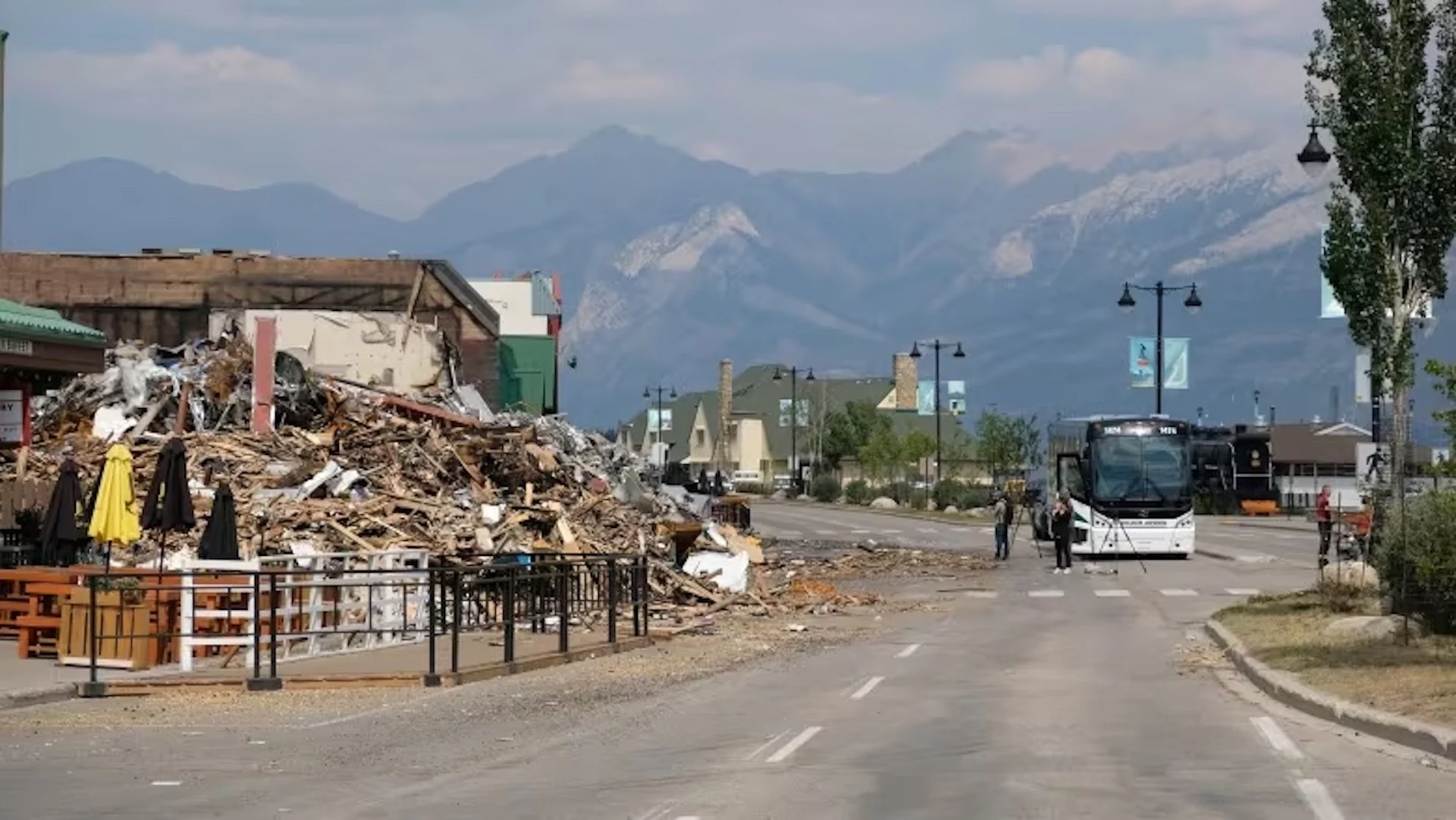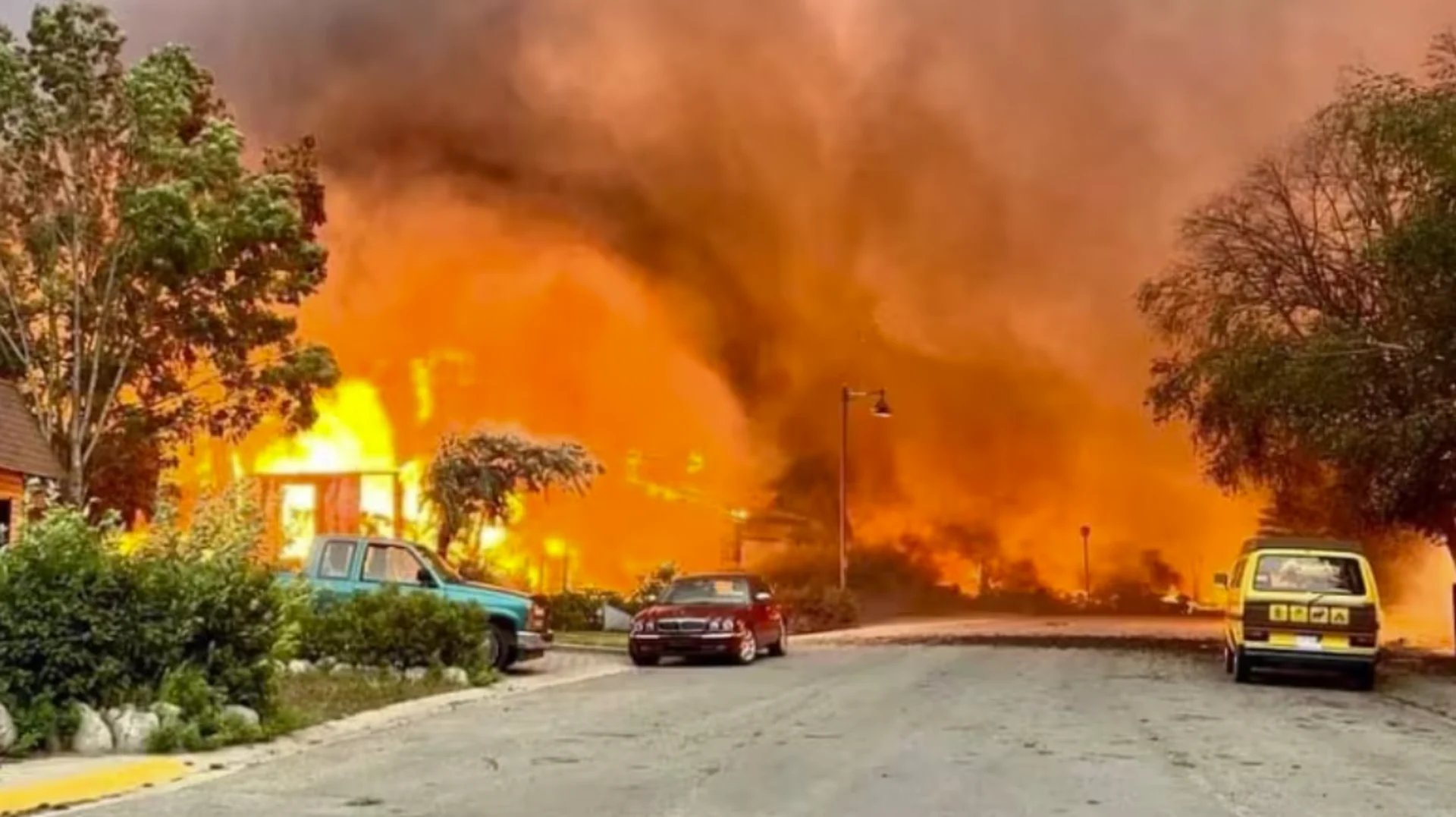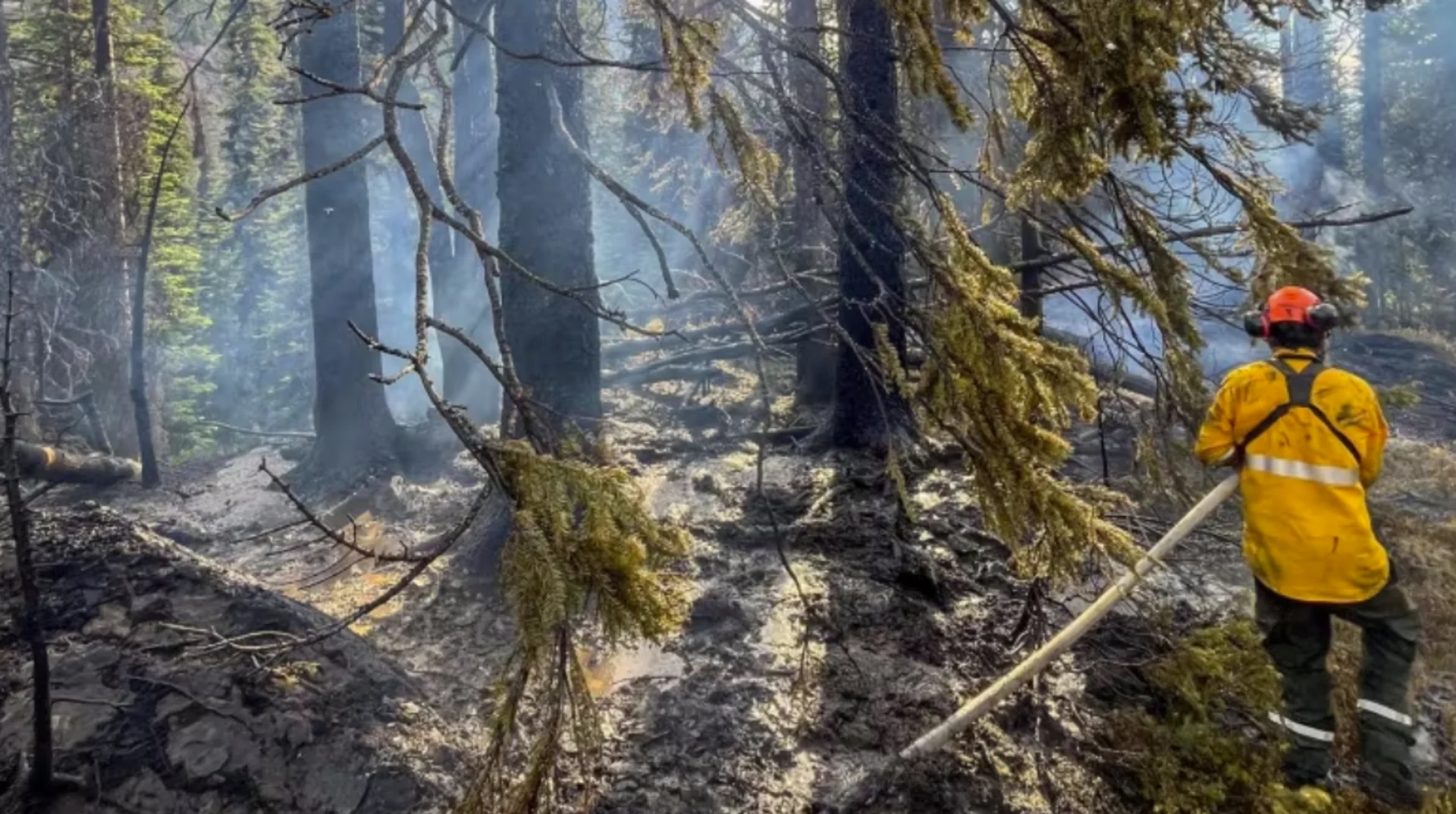
Could have been worse without decades of fire prevention efforts: Jasper mayor
Decades of work to safeguard the community of Jasper against the threat of wildfires is being widely hailed for saving the town from total destruction.
During a news conference Monday, federal officials and the town's mayor applauded the work of firefighters and decades of parks staff in helping to prevent further damage to the historic townsite.
"This is a success," Mayor Richard Ireland said in a news conference Monday. "We fortified our community and I credit Parks Canada for the work that they did on the landscape to protect our town.
CANADA'S WILDFIRES: Visit The Weather Network's wildfire hub to keep up with the latest on the active start to wildfire season across Canada.
"When the attack came, those defences worked," said Ireland, who lost his own home to the flames. "We suffered casualties, absolutely, and it is so incredibly hurtful, but we did hold our ground."
One week ago, 25,000 visitors and residents were ordered to flee the park as fires burning to the north and south flared dangerously amid high winds and dry conditions. On Wednesday, flames crossed the south edge of town, consuming entire neighbourhoods. By morning, one-third of the town's structures were in ashes.
Early estimates suggest the wildfire could cost the insurance industry up to $700 million, making it one of the most expensive wildfire disasters in Canadian history.

Despite the losses and the daunting rebuild ahead, Ireland said things could have been much worse without years of preventative work including prescribed burns, thinning diseased forests and installing sprinkler systems.
No one was harmed and the majority of the structures in the community remain standing.
"They ...saved 70 per cent of our town, " he said. "They did that because of their work on the ground, and they did that because of the wisdom and foresight that they had to create those defences for us."
'Hell on Earth'
During Monday's news conference, Ron Hallman, Parks Canada president and CEO, said crews on the frontline faced "hell on Earth" conditions, despite having every resource needed to fight the fire.
The wall of flames they faced was unstoppable, he said.
"The fire was 300 metres high, 100 metres above the trees, projecting burning pine cones and debris," he said.
"There is nothing any human on Earth, or any piece of equipment, could have done standing in front of that wall of fire that would have allowed them to stop it. It's just not possible."

Hallman said the agency has been conducting prescribed burns in the park since 1996 and that a FireSmart program has been in effect since 2003.
But, like Ireland, he said the park was in a good state of readiness after the decades of work to protect the townsite and mitigate the risk posed by a mountain pine beetle infestation that left hundreds of thousands of hectares of forest precariously dry.
Just six weeks before the Jasper wildfire, the national park and the Municipality of Jasper exercised a wildfire scenario similar to what they just faced, Stephen Carr, executive director of the Alberta Emergency Management Agency, said Monday.
"I would suggest that they were very well prepared and very well integrated and worked very well together to face this emergency," said Carr, speaking at a separate news conference.
"They were a well-prepared community by all accounts."
Fortifying the defences
Environment Minister Steven Guilbeault said Monday he has been in close contact with Parks Canada and his provincial counterparts in Alberta about the wildfire and financial assistance for evacuees.
He said the rapid evacuation of the park a week ago was a testament to the high level of co-ordination between all levels of government in managing the crisis.
"Parks Canada has been taking care of Jasper National Park for almost a century," he said.
"The fact that we were able to protect 70 per cent of the town speaks to all of those measures we have put in place over the years and frankly, decades."
Guilbeault said the community is now being prepared for a staged re-entry.

It's unclear when the town's roughly 5,000 residents will be allowed to return home or when the park gates will be re-opened to visitors. Officials have said the fire could burn for months and may remain a danger to the community for weeks.
All active fires in the townsite have been extinguished, Guilbeault said.
Meanwhile, crews are working to ensure the community is not damaged by the flames twice. The fire continues to burn out of control and remains a threat to the historic townsite.
The flames have consumed an estimated 32,000 hectares, making it the largest wildfire the park has seen in over a century.
In a statement issued late Sunday, Parks Canada said firefighters are making progress in strengthening fireguards that will help slow the spread of the flames should the fire advance once again. Temperatures in the area are forecast to rise this week, leaving officials expecting increasingly volatile wildfire activity by Thursday.
Cooler, wet weather over the weekend allowed crews to make progress. The Jasper Skytram Road was widened with bulldozers to create a wider control line on Whistlers Mountain to protect the community.

(Name withheld via CBC)
Meanwhile, a 12-inch high sprinkler line along the fireguard, which will protect Jasper from fire spread from the west or north, is nearly complete.
Crews have been mopping up wildfires near buildings and infrastructure at risk. Ontario firefighters attacked the north line on the Palisades bluffs. Troops with the Canadian Armed Forces worked on mopping up spot fires near the northwest side of town, Parks Canada said.
An estimated 358 out of 1,113 structures in the townsite, located about 365 kilometres west of Edmonton, were destroyed.
In a new report, credit rating agency DBRS Morningstar said it believes potential insured losses from the disaster could eclipse those incurred in the 2011 wildfire in Slave Lake, Alta., which — adjusted for inflation — reached about $700 million.
The only fire that topped that disaster was the 2016 wildfire in Fort McMurray, Alta., which resulted in inflation-adjusted insured losses of $4.4 billion.
The credit rating agency said, as extreme weather events increase in size and frequency, it's driving up the number of severe weather-related losses across the country, putting insurers and claimants under increasing strain.
Elsewhere in Alberta
There were 129 wildfires burning across the province as of Monday morning. Close to 560,000 hectares have burned so far this year.
Melissa Story, information officer for Alberta Wildfire, said this year's extreme conditions were driven by a higher than usual number of lightning storms in early July followed by a prolonged heat wave.

(Jasper National Park/Facebook via CBC)
"It was an intense couple of weeks for our organization to go through," Story said.
More firefighters have arrived from around the world to battle out of control Alberta fires, including 100 from Mexico, 23 from Alaska, 55 from Australia and over 200 from South Africa who arrived Monday.
These crews will be deployed to fires across the province, she said.
This article, written by Wallis Snowdon, was originally published for CBC News. It contains files from Thandiwe Konguavi.
Thumbnail courtesy of Josh McLean/CBC.*









